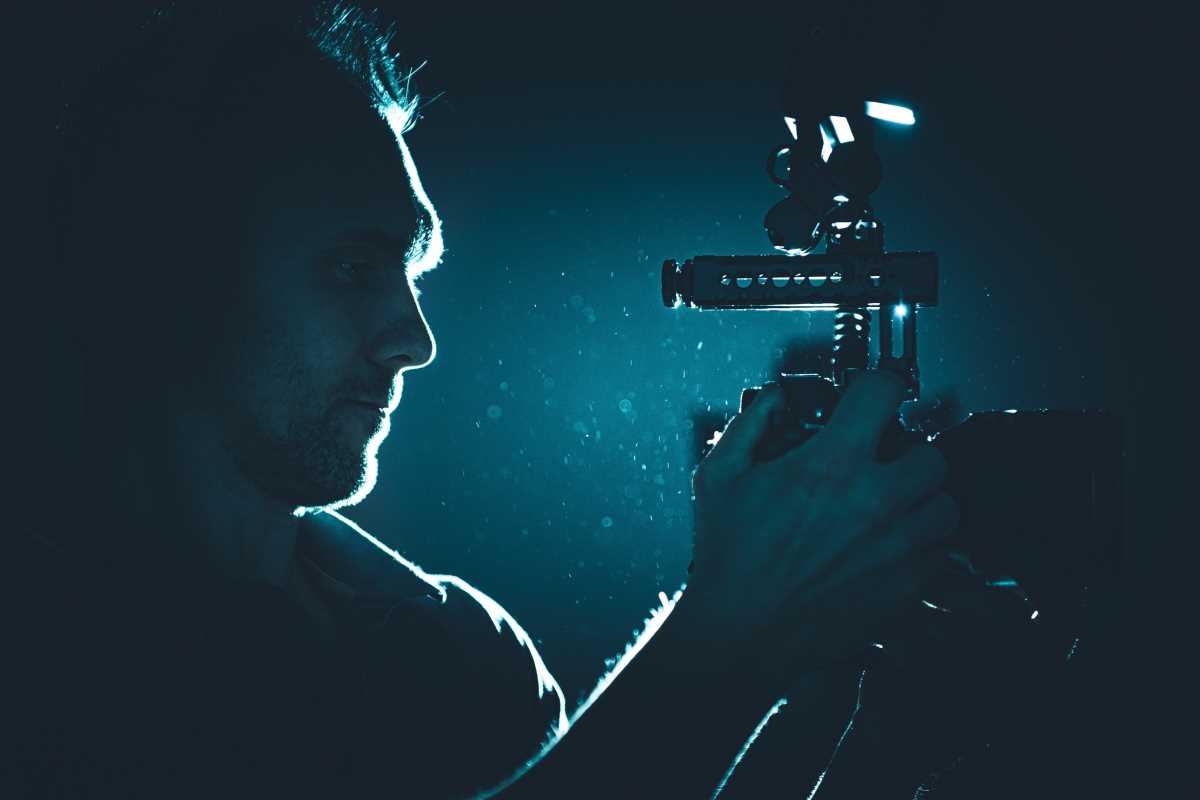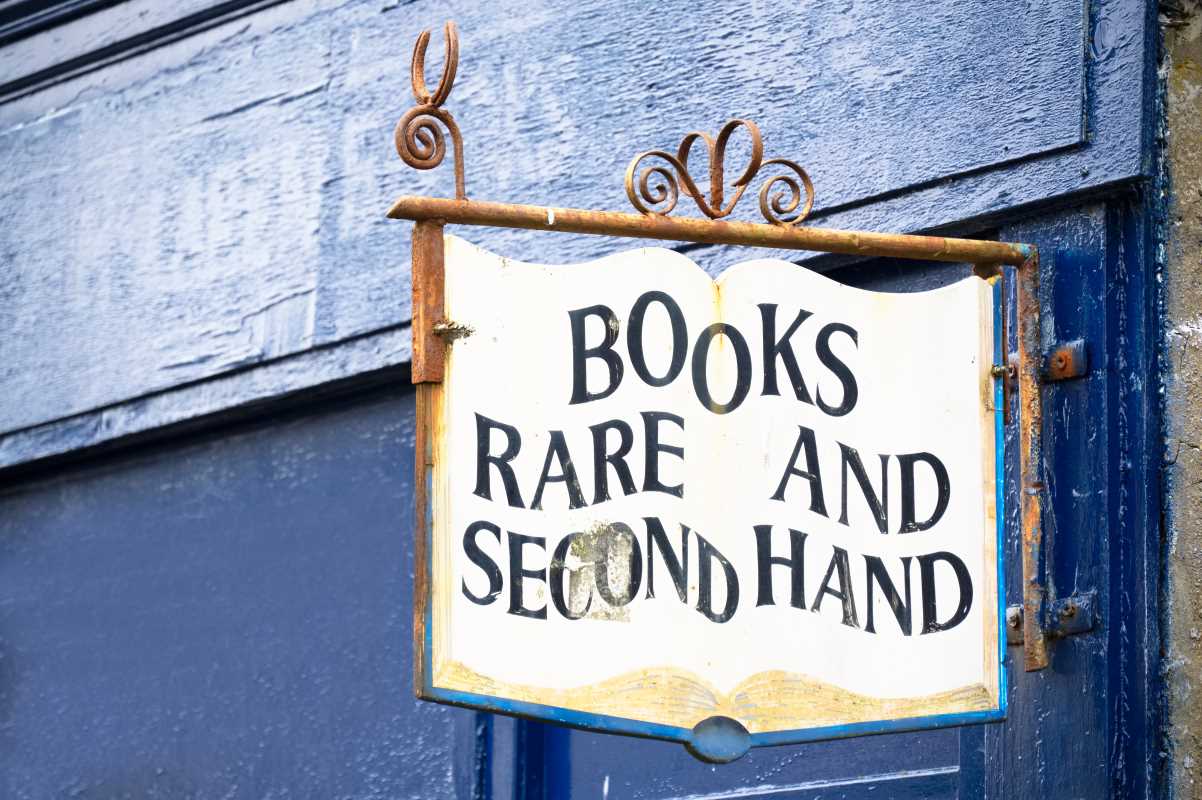Movies are often seen as a form of entertainment, but for many filmmakers, they’re also a form of art. Some directors don’t just tell stories; they create visual experiences that feel more like paintings, sculptures, or performances. These films are bold, imaginative, and often make viewers think about movies in completely new ways. They challenge the idea that a film should follow a standard storyline or look a certain way, instead blending elements of storytelling and visual art to create something entirely unique.
What makes these films so special is their ability to move beyond the basics of plot and character. Yes, they tell stories, but they also explore bigger questions of emotion, identity, and even the act of watching itself. These aren’t just movies you watch; they’re films you feel. Whether it’s through stunning visuals, unconventional storytelling, or thought-provoking themes, they invite us to see cinema as more than just entertainment. Below, we’ll explore some of the most striking films that blur the line between art and narrative.
What Does It Mean to Blur Art and Narrative?
Before we jump into the list, it’s worth talking about what we mean when we say “art” and “narrative.” Narrative, in the simplest sense, is just storytelling. It’s the backbone of every movie, from romantic comedies to action-packed blockbusters. Art, on the other hand, is about expression and creativity. It’s about making viewers feel or think in ways that go beyond telling a straightforward story.
When a film blurs the line between the two, it balances these elements in exciting ways. It might present a story that’s less about what happens and more about how it feels. Or it could layer in visual or audial elements that are stunning or abstract but don’t necessarily drive the plot forward. The result can be challenging but also deeply rewarding. Now, here are some of the best films that perfectly merge art and narrative.
"The Tree of Life" (2011)
Directed by Terrence Malick, "The Tree of Life" is one of the most talked-about examples of art and narrative blending together. The film tells the story of a Texas family, focusing on Jack, a boy growing up in 1950s suburbia, and the complicated relationship he shares with his parents. But this isn’t just a family drama. Malick takes the story and expands it into a universal exploration of life, death, and existence itself.
Why It’s a Masterpiece
"The Tree of Life" is filled with breathtaking sequences, such as the creation of the universe and the evolution of life on Earth. These scenes don’t move the traditional narrative forward but instead invite viewers to reflect on the bigger forces that shape human life. The mix of personal storytelling and cosmic imagery creates an experience that’s as emotional as it is philosophical.
"Eternal Sunshine of the Spotless Mind" (2004)
"Eternal Sunshine of the Spotless Mind", directed by Michel Gondry, takes the classic romance genre and flips it on its head. The movie follows the lives of Joel and Clementine, a couple who’ve decided to erase all memories of their failed relationship. But as Joel relives these memories during the erasure process, he realizes the love they shared was worth holding onto.
The Artful Twist
What sets "Eternal Sunshine" apart is Gondry’s surreal visuals. Memory sequences blur with present-day scenes, creating a dream-like atmosphere. Sets disappear or morph into each other, symbolizing the fragility of Joel’s mind and his fight to preserve the memory of love. Gondry uses these techniques not just to dazzle audiences but to enhance the emotional core of the film.
"The Shape of Water" (2017)
Guillermo del Toro’s "The Shape of Water" is a story of love between a mute woman, Elisa, and a mysterious aquatic creature. On paper, this sounds like a straightforward romance, but Del Toro’s artistic vision elevates it to new heights. The film is a tribute to golden-age cinema, fairy tales, and the magic of storytelling itself.
A Visual Feast
Every frame of "The Shape of Water" is meticulously crafted, from the color palette (dominated by greens and blues) to the fluid movements of the camera. The creature’s design is a work of art in its own right, blending beauty and otherworldliness. It’s a reminder that a film’s visuals can be just as important as its story.
"Mulholland Drive" (2001)
David Lynch is the king of films that blur the line between art and narrative, and "Mulholland Drive" might be his greatest achievement. The movie starts as a mystery, with an amnesiac woman and an aspiring actress trying to piece together her lost identity. But as the story unfolds, it veers into abstract, dream-like territory.
A Puzzle Without a Key
"Mulholland Drive" challenges traditional storytelling, with scenes that feel disconnected from each other and a plot that turns surreal in its final act. Lynch’s use of sound, color, and unsettling imagery creates an experience that’s more about mood and interpretation than clear answers. It’s art in its purest form, asking viewers to make sense of the story for themselves.
"Spirited Away" (2001)
Hayao Miyazaki’s "Spirited Away" is a beloved animated film that merges Japanese folklore with a coming-of-age story. It follows Chihiro, a young girl who gets trapped in a mysterious world of spirits and must find her way back home. While the narrative is clear and easy to follow, the artistry of the film takes it to another level.
The Magic in the Details
Studio Ghibli’s animation is famously stunning, and "Spirited Away" is no exception. From the lush bathhouse settings to the smallest details in each frame, every aspect of the film feels alive. The imaginative character designs and fluid motion make it a visual work of art, as breathtaking as any live-action film.
"Roma" (2018)
Directed by Alfonso Cuarón, "Roma" is a deeply personal film based on Cuarón’s own memories of growing up in Mexico City. It tells the story of Cleo, a domestic worker, as she navigates the ups and downs of the family she works for, set against the backdrop of political upheaval.
A Black-and-White Canvas
"Roma" was shot in black and white, making each frame feel like a photograph pulled from history. Cuarón’s use of long, sweeping takes highlights the beauty of everyday moments while also telling a powerful story about family, class, and resilience.
"The Grand Budapest Hotel" (2014)
When it comes to artistic visuals, Wes Anderson is in a league of his own, and "The Grand Budapest Hotel" might be his most visually stunning film. The story is a quirky caper about a hotel concierge and his apprentice, but the film’s true star is its unique blend of style and humor.
Anderson’s Signature Style
Anderson’s use of symmetry, vibrant colors, and intricate set designs makes every frame of "The Grand Budapest Hotel" look like a painting. While the film is undeniably funny and entertaining, its artistic attention to detail elevates it into something that feels timeless and unique.
 (Image via
(Image via





